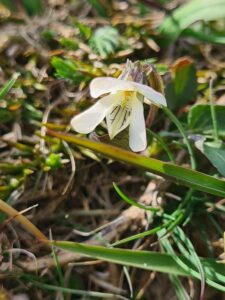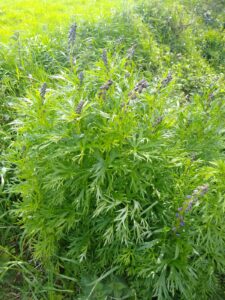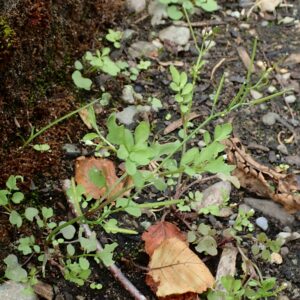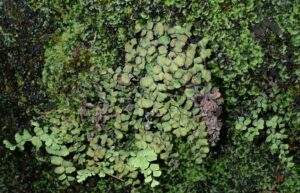2021 County Report for West Cork
Clare Heardman
The continuing presence of Covid-19, meant botanising as a group was largely restricted for the second year in a row but a successful field meeting to Warren Strand, Rosscarbery was held in June. The main aim was to see Ireland’s best site for the rare and protected Lathyrus japonicus subsp. maritimus (Sea Pea) and we were rewarded with the sight of an obviously thriving population along the edge of the dunes.
During the year there were also some nice incidental finds, adding to the distribution maps of some of the less common plants in H3. They included the following:







